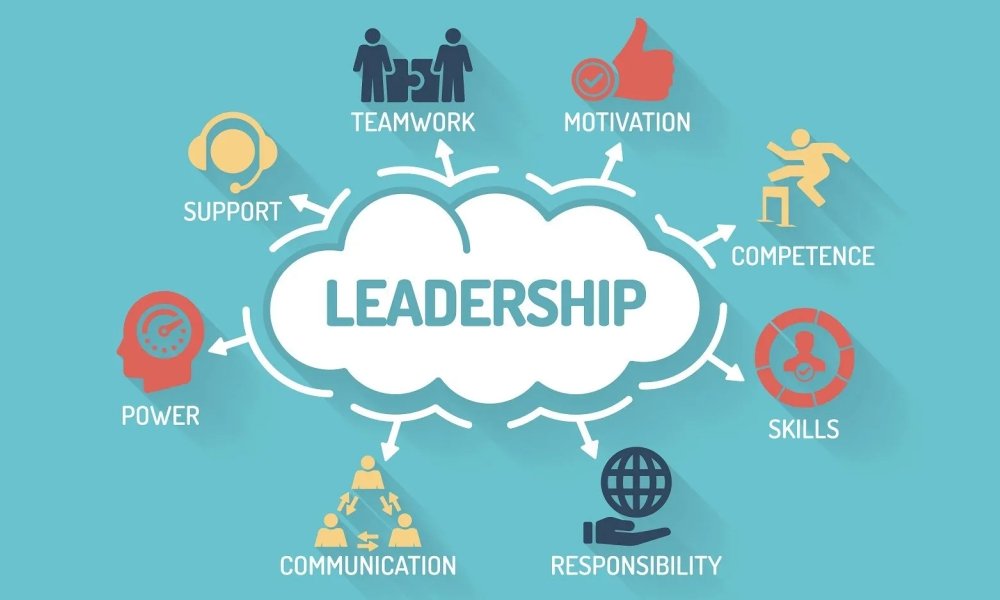Lead generation serves as the lifeblood of business growth, but its execution often sparks debate: does it belong to sales or marketing?
Let’s look at how this process represents a joint effort between both teams and how important it is in generating business success.
Traditionally, lead generation was predominantly associated with marketing teams. Their role involved attracting and capturing the interest of potential customers through diverse channels like social media, content department and email campaigns. client nurtures leads, guiding them through the sales funnel until they’re primed for conversion.
Build relationships
Conversely, sales teams take the baton from marketing to convert leads into customers. They engage in personalized communication, build relationships, and present sales pitches to seal the deal. This delineation between sales and marketing has evolved in the digital age.
Successful Lead Generation
In today’s landscape, successful lead generation hinges on the seamless integration of sales and marketing efforts. While client attracts prospects, sales provides insights into customer preferences and behavior, crucial for effective lead nurturing.
Marketing Automation Platforms
Technological advancements, notably CRM systems and marketing automation platforms, facilitate closer collaboration. These tools enable smooth lead transfer between departments and track interactions throughout the cycle, fostering synergy between sales and marketing.
Furthermore, alignment of sales and marketing goals is imperative, along with clear communication and feedback loops. By working towards common objectives, both teams optimize lead generation efforts and drive better outcomes for the business.
This collaboration ensures that leads are not just generated but also nurtured effectively, maximizing the likelihood of conversion. As the business landscape evolves, organizations prioritizing this synergy emerge as leaders in generating and converting leads, driving sustainable growth and success.
Conclusion
Lead generation is a collaborative effort that involves by accepting this symbiotic relationship, companies can optimize the potential of their lead generation efforts, paving the path for long-term growth and a competitive advantage in the dynamic marketplace.








